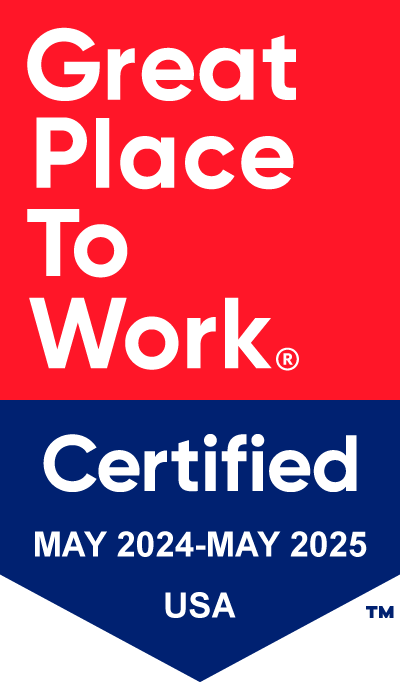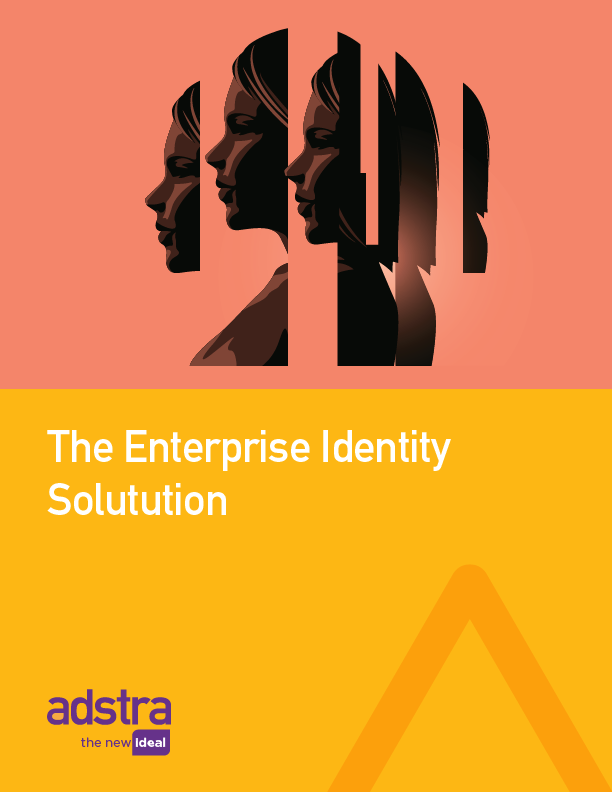Digiday, September 12, 2022
Clean room mania is sweeping the digital media industry as brands look for ways to identify and target consumers without the use of cookies. While clean rooms are a viable option for targeting amid cookie depreciation, their popularity is producing yet another challenge for buyers and sellers: they can’t keep up with the speed at which clean rooms are proliferating.
The rise of clean rooms means that every brand and consortium is lining up its own solution. A global brand may use two or three solutions. Another global brand may use two completely different ones. While this solves the brands’ problems, it now creates a challenge for the seller, which has to work with five clean rooms in order to maintain revenue from just two brands.
In an effort designed to make things easier, publishers and ad sellers are being forced into a multi-room paradigm. These economics aren’t sustainable and it makes it hard for publishers to connect advertisers with the audiences these brands are pursuing. Without any degree of interoperability or infrastructure, clean rooms will remain a big headache.
Many rooms, no hallways
The challenge that sellers face is the need to work within many clean rooms. Lots of rooms make a house, so publishers are trying to find a way to build “clean houses,” a term coined by Omnicom’s Marc Rossen.
Of course, houses aren’t just rooms. You need doors, hallways, and staircases to connect everything. That kind of infrastructure is what’s currently missing from the clean room bonanza. The clean rooms may work great, but they don’t talk to each other. Sellers feel the acute need to operate in this multi-room ecosystem, but there isn’t any kind of viable infrastructure that helps all of these clean rooms interoperate with one another. Without that, publishers are unable to construct the clean houses they need, and instead forced into using several standalone rooms.
In this kind of system, multi-property publishers would be able to build their own IDs with first-party cookies. They can build audience groupings based on content consumption and then use clean rooms to match those groupings to brand-defined audiences. The challenge is that there’s no way to move the results from one clean room into another.
Maintaining control
There may be some brands looking at this challenge and wondering why publishers can’t simply play along until a few clear winners rise to the top. The issue with this thinking is that it results in a loss of control for the sellers (the same is true for the multi-ID challenge). We have seen this scenario before… you leave the house of clean rooms for the walled garden in the yard. Hard to get back into the house when the sun sets.
Publishers, already facing an uphill battle to hang onto revenue, need the freedom to choose solutions that work for them. Freedom means that no one is in control of how they activate identity on their sites. As soon as one company is in charge of how the audience is targeted or identity is activated, they essentially become a dictator. History tells us that the benevolent dictator does not remain that way for very long.
This is exactly what’s happening amid the upheaval in audience currencies and the quest for some form of universal ID. Nielsen’s days as the single currency are over. Meanwhile, despite heavy investment across the ad tech ecosystem, it’s unlikely we’ll land on a universal ID to replace the cookie.
This helps brands too
The reason all of this is happening, at the highest level, is because brands are looking for ways to continue to spend money with publishers in order to reach their target audiences. To date, the rise of advertising technology has benefited the brand more than the publisher. The clean room rush could be another example, coming at a time when publishers are also trying to sort out what identity deprecation means for them and their long term survival.
Ostensibly, anything that makes business easier for publishers is a net positive for advertisers. A “clean house” built on interoperability is going to maximize efficiency on the sell-side, and that efficiency is passed on to advertisers. Rather than push multi-room and multi-ID on the sell side, advertisers need to embrace interoperability and flexible solutions that will allow both sides to prosper in the future.
As publishers look to connect clean rooms, Adstra has built the hallways that connect every clean room to each other. The company’s Enterprise Identity Platform – Conexa – supports full interoperability across all clean rooms (and other platform or channel), giving brands the control to take any route between rooms that they want. To learn more about enterprise identity platforms, click here to download our whitepaper.




